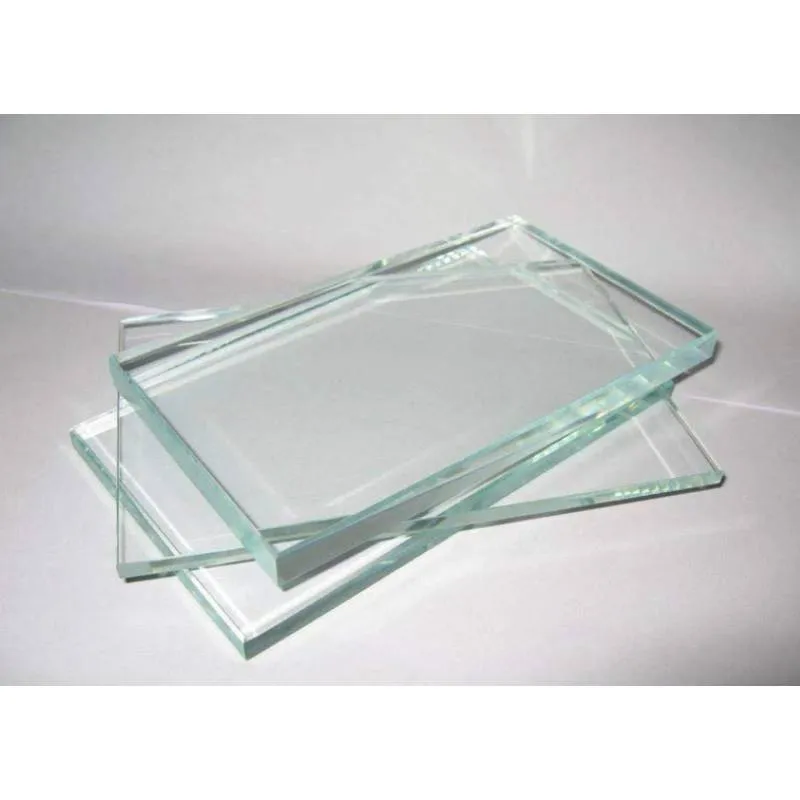Exploring the Types of Obscure Glass for Doors
Obscure glass is an increasingly popular choice for doors in residential and commercial settings alike. Its ability to provide privacy while still allowing light to filter through makes it an ideal option for many different applications. This article explores various types of obscure glass, highlighting their unique characteristics and suitable uses.
Exploring the Types of Obscure Glass for Doors
Another popular option is textured glass. Textured glass is produced by rolling molten glass through molds or using other techniques to create patterns and designs on the surface. Various textures are available, from subtle waves to bold, geometric patterns. The texture not only enhances the aesthetic appeal of the door but also contributes to privacy by breaking up the visibility through the glass. This type of glass works wonderfully in sliding doors, cabinet doors, or even as decorative accent panels in interior doors.
types of obscure glass for doors
Patterned glass is also a noteworthy option in the realm of obscure glass. This type typically features intricate designs, such as floral motifs or abstract shapes, that obscure visibility while adding artistic flair. It is often used in entryways, interior doors, and cabinetry, where a stylish yet private touch is desired.
Laminated obscure glass offers a combination of safety and privacy. By sandwiching a layer of PVB (polyvinyl butyral) between two sheets of glass, this type creates a strong barrier that is resistant to breakage. This can be particularly useful in high-traffic areas or spaces requiring added security. Additionally, laminated glass can be treated to achieve various degrees of obscuration, providing options for different privacy levels.
Finally, there's tinted obscure glass, which serves a dual purpose of privacy and solar control. Tinted glass blocks out UV rays and reduces glare, making it ideal for spaces that receive significant sunlight. This type is typically used in commercial buildings and offices, where maintaining a comfortable environment is crucial without sacrificing visibility.
In conclusion, the diverse types of obscure glass available for doors offer a range of aesthetic and functional benefits. From frosted to textured, patterned, laminated, and tinted options, these materials can enhance both the design and privacy of any space, making them indispensable for modern architecture. Whether for residential or commercial applications, the right type of obscure glass can transform a door into a stunning and practical feature.
 Afrikaans
Afrikaans  Albanian
Albanian  Amharic
Amharic  Arabic
Arabic  Armenian
Armenian  Azerbaijani
Azerbaijani  Basque
Basque  Belarusian
Belarusian  Bengali
Bengali  Bosnian
Bosnian  Bulgarian
Bulgarian  Catalan
Catalan  Cebuano
Cebuano  Corsican
Corsican  Croatian
Croatian  Czech
Czech  Danish
Danish  Dutch
Dutch  English
English  Esperanto
Esperanto  Estonian
Estonian  Finnish
Finnish  French
French  Frisian
Frisian  Galician
Galician  Georgian
Georgian  German
German  Greek
Greek  Gujarati
Gujarati  Haitian Creole
Haitian Creole  hausa
hausa  hawaiian
hawaiian  Hebrew
Hebrew  Hindi
Hindi  Miao
Miao  Hungarian
Hungarian  Icelandic
Icelandic  igbo
igbo  Indonesian
Indonesian  irish
irish  Italian
Italian  Japanese
Japanese  Javanese
Javanese  Kannada
Kannada  kazakh
kazakh  Khmer
Khmer  Rwandese
Rwandese  Korean
Korean  Kurdish
Kurdish  Kyrgyz
Kyrgyz  Lao
Lao  Latin
Latin  Latvian
Latvian  Lithuanian
Lithuanian  Luxembourgish
Luxembourgish  Macedonian
Macedonian  Malgashi
Malgashi  Malay
Malay  Malayalam
Malayalam  Maltese
Maltese  Maori
Maori  Marathi
Marathi  Mongolian
Mongolian  Myanmar
Myanmar  Nepali
Nepali  Norwegian
Norwegian  Norwegian
Norwegian  Occitan
Occitan  Pashto
Pashto  Persian
Persian  Polish
Polish  Portuguese
Portuguese  Punjabi
Punjabi  Romanian
Romanian  Russian
Russian  Samoan
Samoan  Scottish Gaelic
Scottish Gaelic  Serbian
Serbian  Sesotho
Sesotho  Shona
Shona  Sindhi
Sindhi  Sinhala
Sinhala  Slovak
Slovak  Slovenian
Slovenian  Somali
Somali  Spanish
Spanish  Sundanese
Sundanese  Swahili
Swahili  Swedish
Swedish  Tagalog
Tagalog  Tajik
Tajik  Tamil
Tamil  Tatar
Tatar  Telugu
Telugu  Thai
Thai  Turkish
Turkish  Turkmen
Turkmen  Ukrainian
Ukrainian  Urdu
Urdu  Uighur
Uighur  Uzbek
Uzbek  Vietnamese
Vietnamese  Welsh
Welsh  Bantu
Bantu  Yiddish
Yiddish  Yoruba
Yoruba  Zulu
Zulu 

